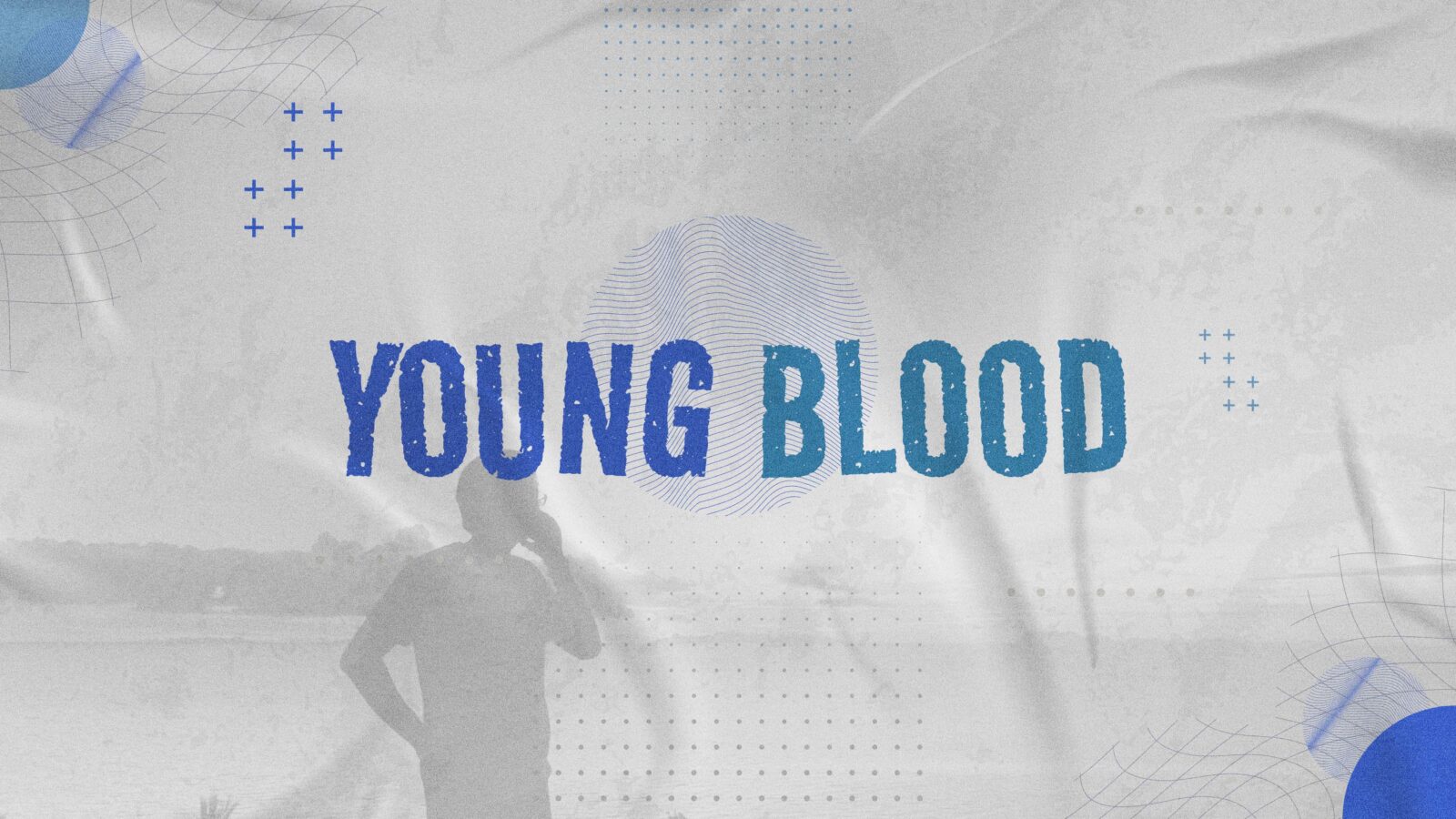Flickering memory

I was born in a quiet province where farming and logging were the lifeblood of our people. In the 1990s, technology was a distant luxury for low-income families like ours. Owning the latest gadgets was a far-fetched dream, and even a simple radio felt like a treasure.
Every summer, we journeyed to my uncle’s home in Compostela Valley—now known as Davao de Oro—specifically to a serene and tucked-away place called Valma Village. It was our haven, a place untouched by the complications of the modern world.
Days were spent in the embrace of nature. My cousins and I would run freely in the rice fields, laughing and tumbling over heaps of golden hay as the sun showered us with its warmth. Harvest season was a festival of joy—children squealing with delight, the smell of freshly cut stalks in the air, and our hands sticky with sweat and soil.
Behind my uncle’s house was a gentle river, its waters clear and cold, where we would swim until our fingers wrinkled. The current wasn’t strong, and the river was lined with smooth stones and trees that offered shade, giving us a perfect natural playground. We would take turns jumping from low branches, splash each other with reckless abandon, and float in silence while watching birds fly above.
After a day of running and swimming, we’d hitch a ride home in a carabao’s cart—one of my fondest memories. We’d climb onto the wooden flatbed, just behind the carabao’s back, holding on to one another as the cart rocked along the dirt road. The slow, rhythmic clip-clop of hooves, the creaking of the wheels, and the laughter of children filled the air.
But the real magic began at night.
There was no electricity in the village then. My uncle’s home—and those of his neighbors—relied on makeshift lamps fashioned from empty nata de coco jars, strips of cloth, and kerosene. These humble lights flickered through the darkness, casting dancing shadows on the bamboo walls and gently fading as dawn approached.
What truly lit up those nights, however, were the fireflies. They were everywhere—twinkling among the trees like floating stars, guiding us through the shadows. They were tiny wonders—living fairy lights that turned ordinary nights into enchantment.
Around the fire or inside the bahay kubo, our uncle would tell us stories—local legends passed down from his youth—about the fireflies. That they were the spirits of kindhearted ancestors, watching over us and lighting our path. Some nights, he’d say they were tiny guardians, protecting the forests from those who wished to harm it. Other times, he’d whisper about a hidden treasure that only appeared when the fireflies formed a glowing path. We listened in awe, wide-eyed and huddled close, the tales weaving dreams in our young minds.
Years later, after becoming a licensed engineer, I found myself once again in remote areas—but this time for work. I traveled far from cities, deep into rural lands. But something had changed. Despite the vastness and solitude of the places I visited, the fireflies were no longer there. The nights were darker, not for the absence of light, but for the absence of wonder.
I kept wondering why. Was it the noise of modern life? The pollution? The destruction of forests where they once thrived? Were the rivers no longer clean, the air no longer pure? The vibrant creatures of my youth had vanished. And with their disappearance, a piece of my childhood quietly slipped away.
A rare opportunity brought me to Puerto Princesa, Palawan. I eagerly booked a tour to the firefly sanctuary. A 45-minute boat ride took us deep into the heart of a mangrove forest, cloaked in silence and darkness. The air was still, and the only sound was the gentle splash of paddles against water.
And then—like an old song you thought you’d forgotten—I saw them.
Hundreds of fireflies danced among the trees, blinking in silent harmony. In that moment, I was no longer an adult weighed down by responsibilities. I was a child again—barefoot, laughing, chasing light.
As the guide spoke about the fireflies, I learned they are delicate beings, thriving only in places untouched by pollution, noise, and deforestation. They are indicators of a healthy ecosystem. Their absence is a silent cry for help—a warning that the balance has been broken.
I returned to the city with a heavy heart. The lights I now see are artificial—streetlights, neon signs, headlights, and café interiors. They shine brightly, but none carry the wonder of a single firefly. None of them speak to the soul.
It is our duty protect them, not just for their beauty, but for what they represent. They are more than insects. They are storytellers of the Earth, gentle signals of environmental balance. A reminder that silence, simplicity, and harmony with nature still matter.
Let the fireflies remind us: In a world so obsessed with brightness, perhaps it’s the smallest flickers that hold the most light.
—————-
Erjie Ybañez, 29, is a licensed civil engineer in the private sector who handles government infrastructure projects by day and nurtures his lifelong passion for writing by heart.

















Confessions of a solid Noranian